
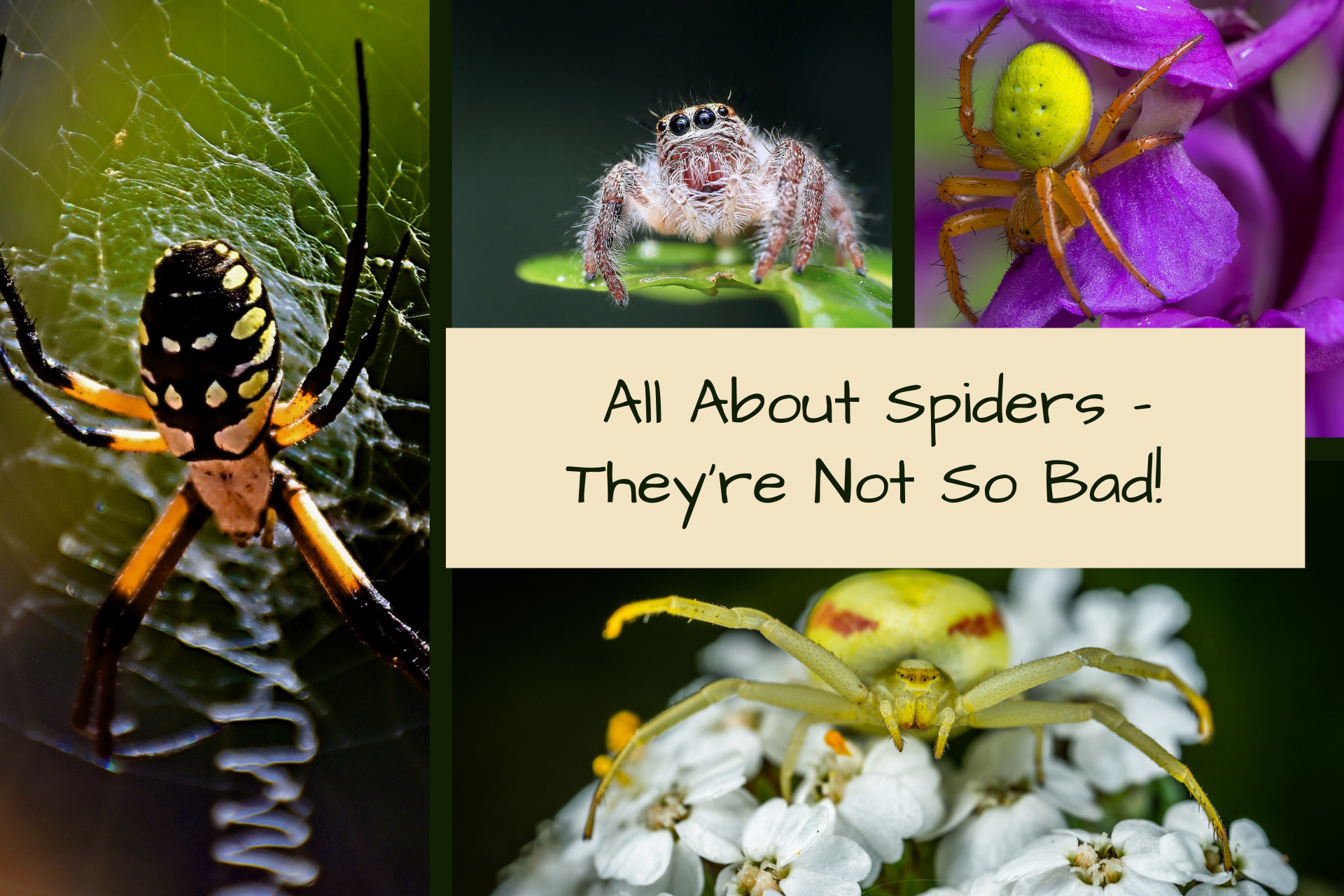
Wondering how to get rid of spiders in your house? Well, if you read this article, you’ll learn about spiders in a different light. You already know where spiders live…in your home, right? Well, that’s not the only place you can find them. Keep reading…there’s a lot more to spiders than just eight legs.
Did you know spiders are similar to wolves? It’s true, but only in one respect: they get a really bad rap! Wolves are beautiful animals. Even people who don’t like having them around can admit that…but spiders? Not so beautiful.
Please note, this post contains affiliate links. If you click through and make a purchase, I receive a small commission. This doesn’t cost you anything, but it makes me happy…so happy that I might even go out and hug a tree! Thanks for your support! Read my Disclaimer for additional information.
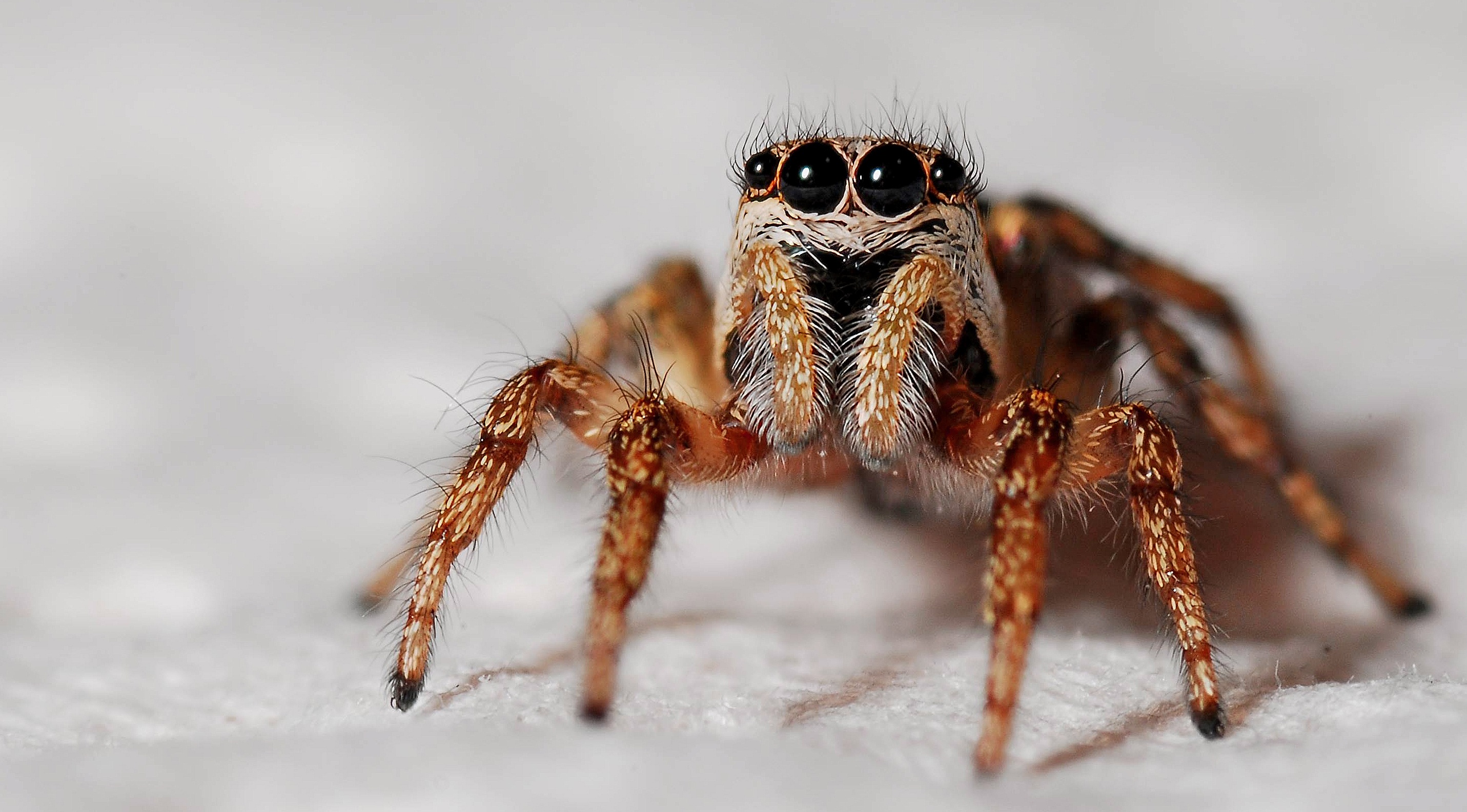
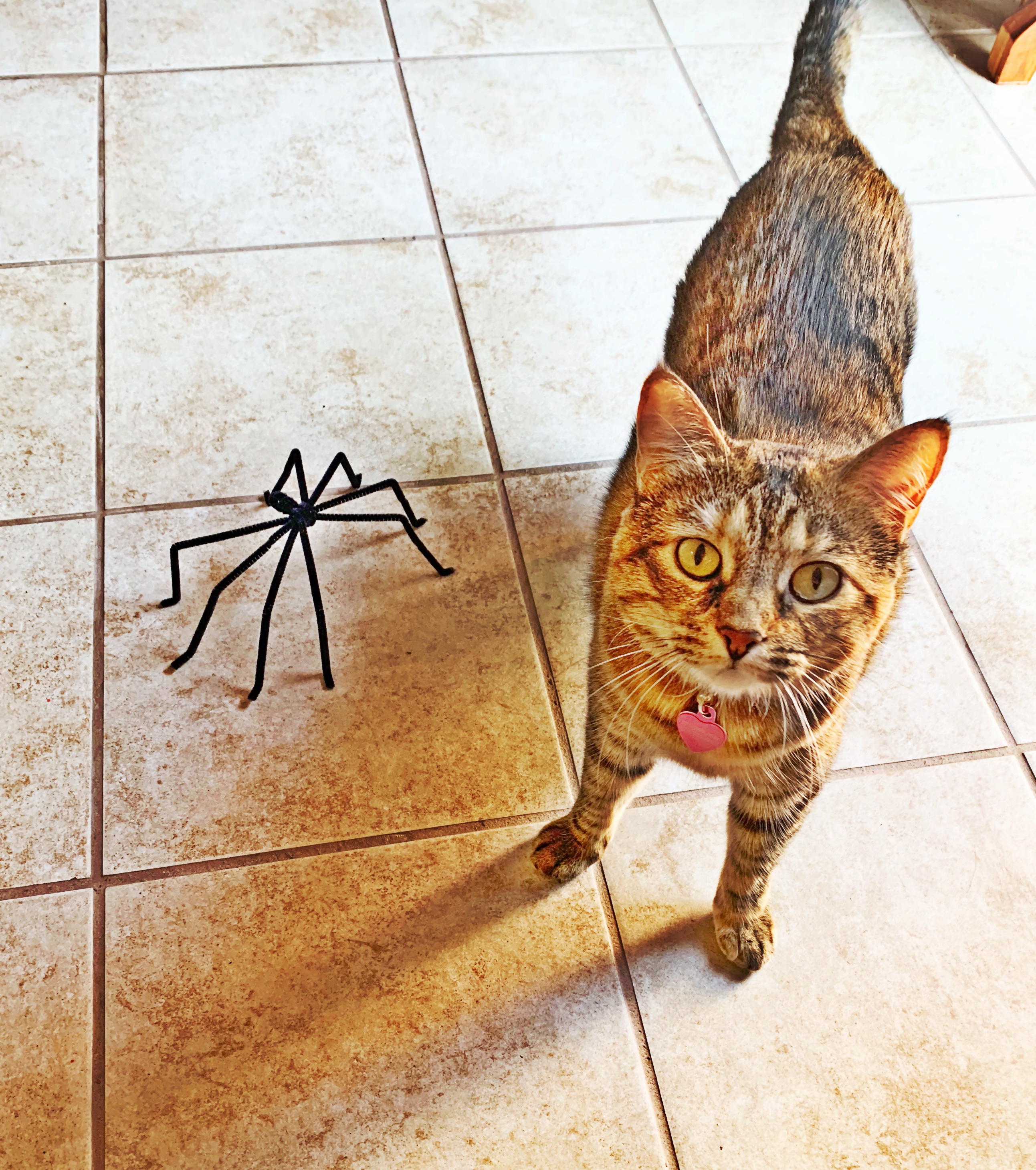
"Too many legs, Mom. It's just not right."
I don’t know about you, but pretty much everyone in my household is less than fond of spiders in general. Even the cat thinks twice before batting one across the floor.
Teaching people all about spiders is a struggle, even with helpful characters such as Spider-Man to lead the charge. My son loves Spider-Man, but screams at the sight of a real spider on the wall. Sigh…

"Dirty" Spiders
So, what’s a teacher, parent, or naturalist to do in this situation? When I first started out as a seasonal naturalist, part of my job was to help clean the nature center each day. The bathrooms, in particular, had to be checked hourly and after large groups left the building.
One day, I was using the bathroom myself, and I overheard a woman commenting to a friend:
“Oh, wow…can you believe how dirty it is in here? Just look at those spiders in the corners and on the ceiling? Someone should do something!”
I know I shouldn’t have taken offense, but I was young…so I did. Luckily, I managed to keep my calm as I stepped out of the bathroom stall, smiled at the two ladies, and said:
“Actually, we don’t remove the spiders in the bathrooms because they help catch more annoying insects like mosquitoes and flies.”
– another smile –
“I hope you’re enjoying your visit!”
They both stared in apparent shock before offering up small smiles of their own. As I left the bathroom, I heard:
“I never thought of it that way…”
Fist pump…mission accomplished.
Changing Minds
That was a major win for me. I was floating on a cloud all day long after that comment. It reminded me that people can change their minds if presented with logical, factual information. They don’t always, but they can. That lady saw spiders as dirty creatures, but when I offered up a simple fact that highlighted a benefit of having spiders around, it made her stop and think for a moment.
That’s really all you have to do to get people to reconsider their fears. Kids are much easier than adults. Their little minds are open to receiving all kinds of new information. Unlike adults, they aren’t jaded…yet. It just takes one cool fact to make a child’s eyes light up and their mouth drop open in awe.
Those were my favorite moments when I was a naturalist. I don’t see them as often now, but my youngest gives me a show every once in a while. If you’re like me, you recognize that everything has a place in nature, even creepy crawly spiders. With that realization comes a commitment to educate regardless of your own fears.
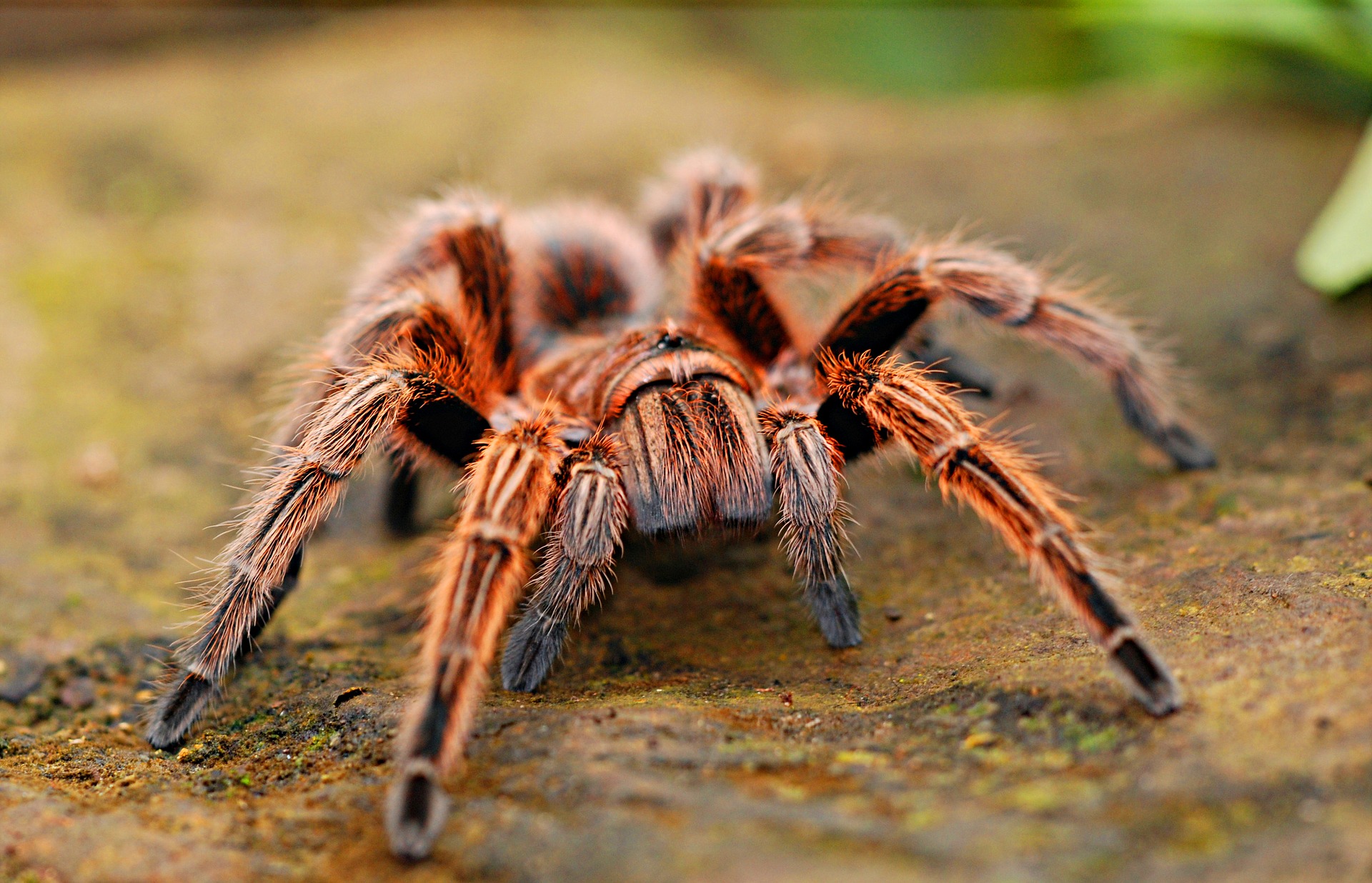
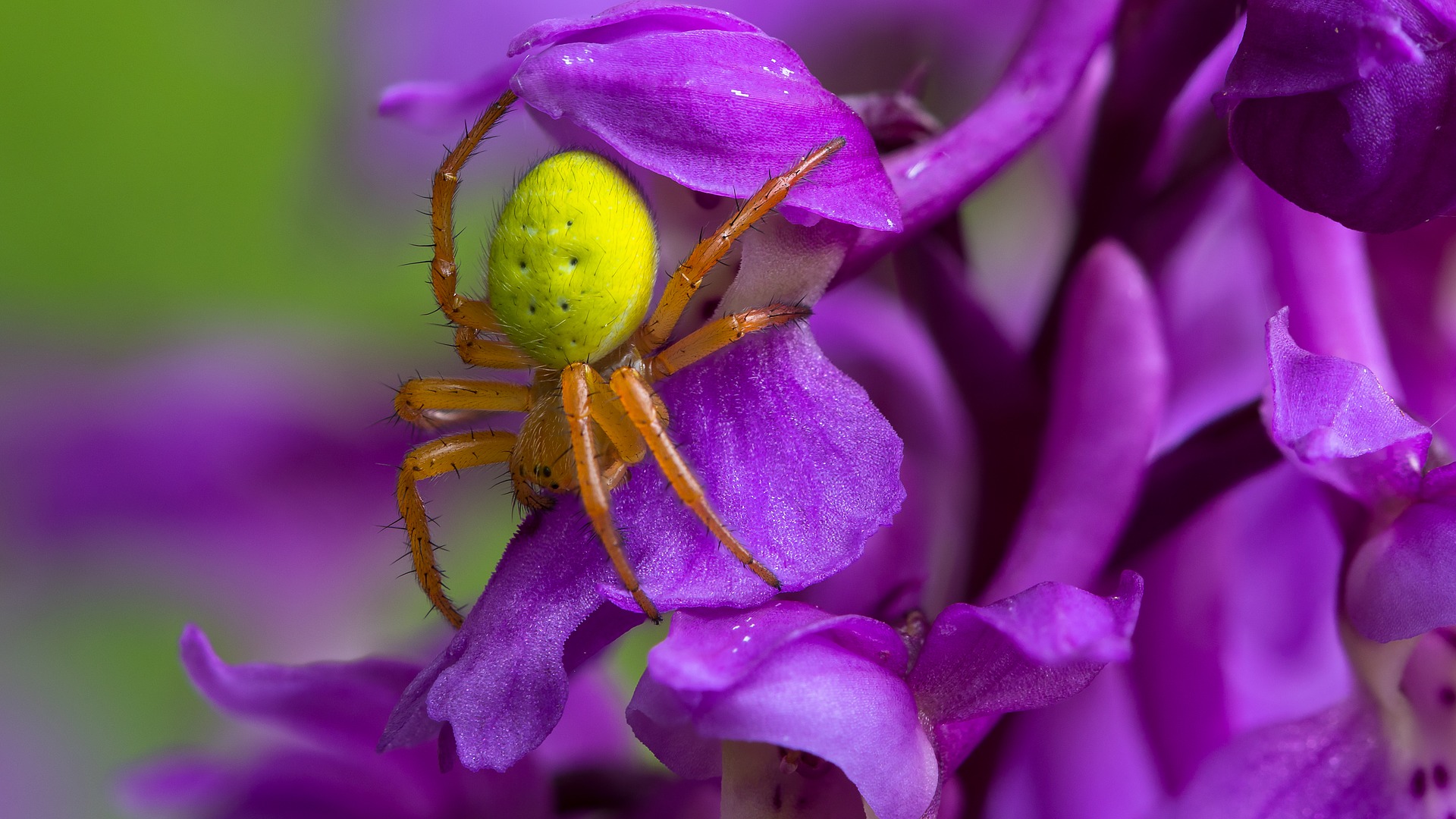
A Commitment to Educate
Figuring out how to get rid of spiders is actually harder to do than learning how to live with them. I admit, I am not a big spider fan. When it comes to my favorite animals list, spiders don’t make the cut. I get the same shiver up my spine that you do when I see a spider on the wall.
That doesn’t change my commitment to my kids and the planet. Every creature has a role to play; otherwise, they wouldn’t be here. When I was a naturalist, I presented many spider programs. In fact, our spider programs were one of the most popular out of all the educational opportunities we offered each summer.
That’s because we stepped outside the box when it came to teaching kids (and parents) about spiders. During my time (and beyond) with Missouri State Parks, naturalists across the state presented a program entitled “Spider Sniff” to thousands of park visitors.
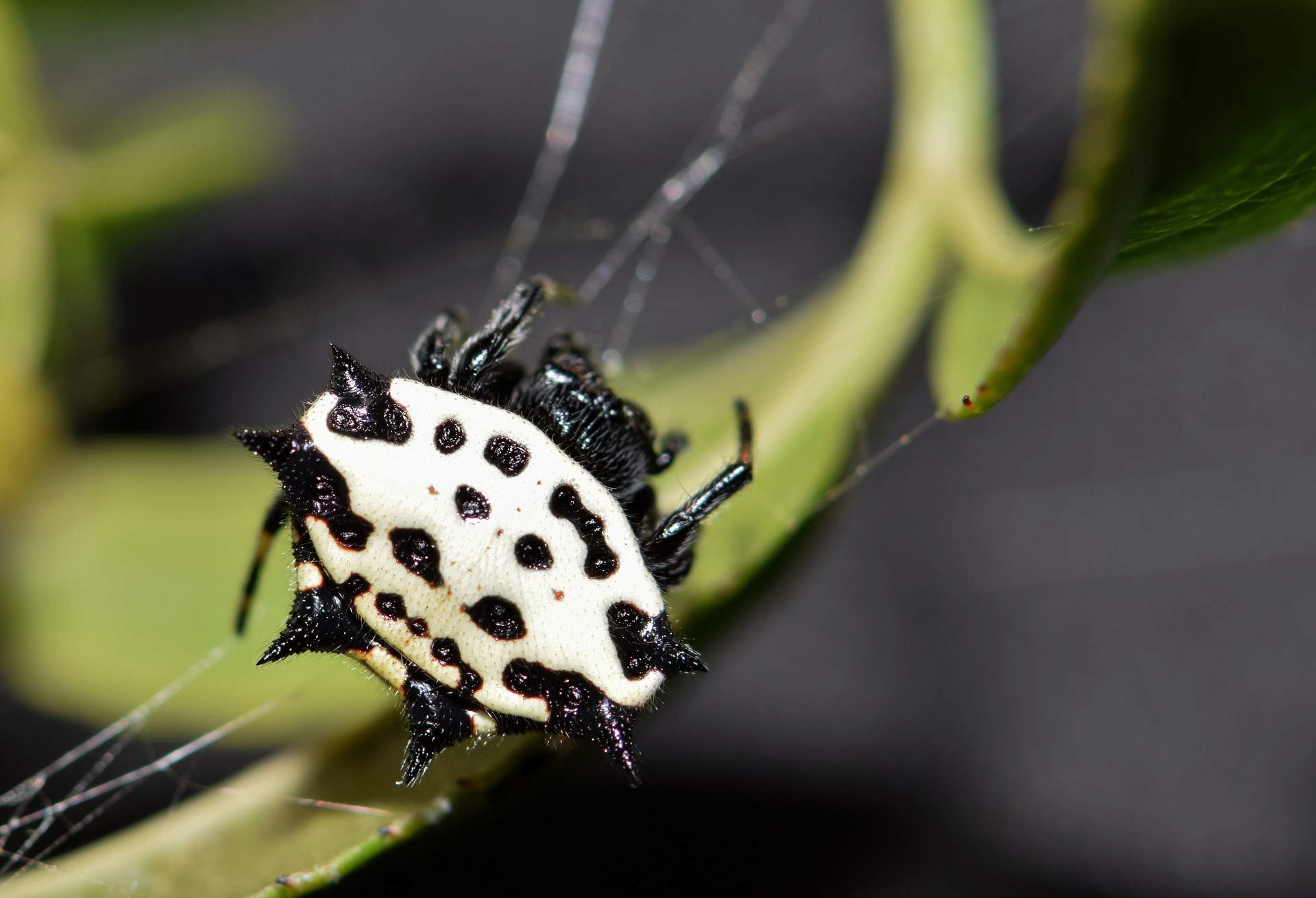
Learning About Spiders
Spider Sniff programs were presented at night in a campground setting and were considered formal in nature. However, teaching kids about spiders doesn’t require that much prep or formality. Before I tell you how I introduced spiders to my children, join me for a short walk down memory lane.
As I recall, the basic outline for a Spider Sniff started with a slideshow about the various types of spiders found in Missouri (we’re talking actual slides and a projector) followed by a discussion on the benefits of spiders. If you didn’t already know, spiders love to munch on tasty mosquitoes and other insect pests, including those that feed on our crops. Without spiders and other beneficial insect-eaters, our agricultural practices would have to change dramatically in order to continue to produce viable crop yields.
Not only do spiders help us put fresh veggies on the table, but they also provide us with silk. Spider silk is extremely strong. We use it to make bullet proof vests, medical supplies, and much more.
After I wowed the audience with those nuggets of wisdom, it was time for the “sniffing” activity. I’m not sure who figured this out, but if you hold a flashlight just in front of your nose and direct it at the ground, you’ll see a sparkle whenever a spider’s eyes reflect the light. It’s best to move your head with the flashlight as you scan the grass, but it does work.
There’s no actual sniffing of arachnids (thankfully); the program name simply helps kids remember where to hold their flashlight when hunting for spiders. Whenever a child successfully located a spider, I would encourage them to take a closer look. I was always amazed at how willing they were to get down on the ground, face-to-face, with a creepy crawly spider. That program definitely changed a few minds, including mine.


We're Going On a Spider Hunt
To keep things more informal, try giving your kids a spider scavenger hunt. You can download my scavenger hunt below. It’s geared more toward species found in the central U.S., and I didn’t go any further than general classes of spiders (versus specific species).
When I suggested to my kids that we go sniffing for spiders one night, I got a definitive “NO!” from my daughter. But when I showed them how to find the spiders, the race was on. I was careful to stay with them throughout the hunt to make sure they didn’t get into any trouble. I like to think that experience helped them understand a little more about these beneficial creatures.
They still overreact a bit when they see them in the house, but once the surprise wears off, they take another look out of curiosity. That’s really all I hoped for, to be honest.
Spiders, bees, wasps, and snakes will always get a bad rap. If we can succeed in teaching our children to respect these creatures, we’ll be one step closer to demystifying them. Don’t get me wrong, we’re looking for a healthy respect, which means it should be paired with a dash of caution. Children still need to understand what can happen if they get too close to certain animals.
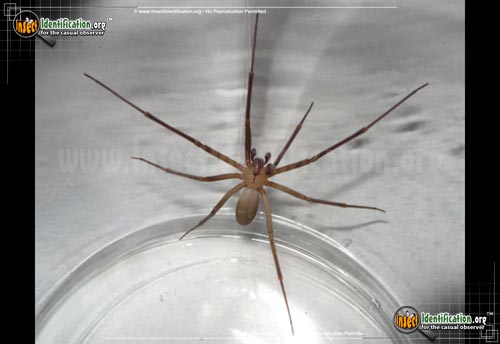
Brown Recluse - Image Credit: Arch Baker
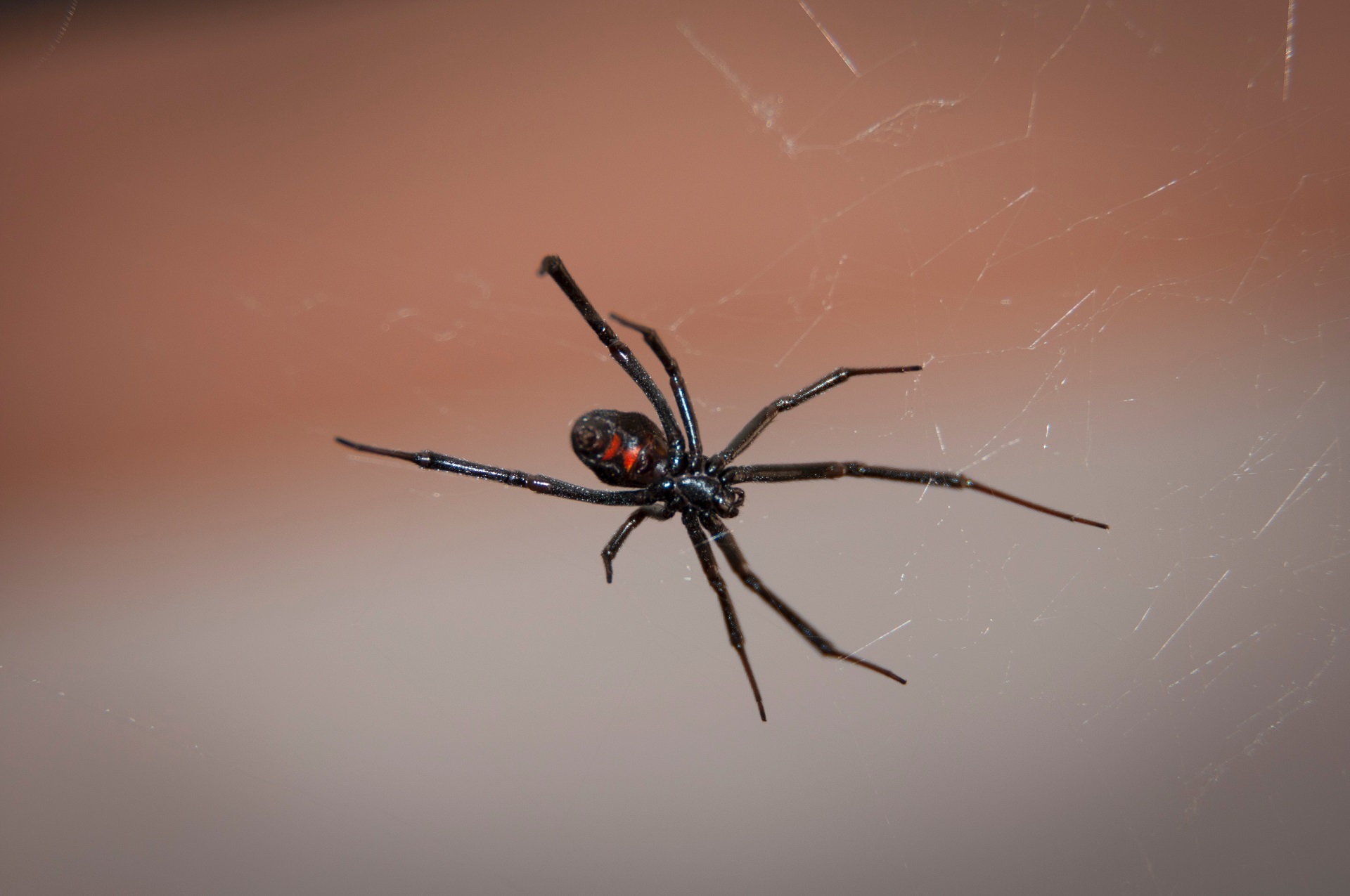
Black Widow
Beware of These Species
In the central United States, there are a couple of species of spiders that we warn our children to stay away from on a regular basis: the black widow and brown recluse. These spiders, unlike other common species, produce bites that are harmful to humans.
A brown recluse spider bite can be mild, causing an itchy bump similar to a mosquito bite. However, in severe cases, this spider’s bite can produce a sharp pain followed by a burning sensation. The skin around the bite reddens and begins to die, producing a deep ulcer that can take weeks to heal.
A black widow spider bite is quite the opposite, although most people don’t know they’ve been bitten at first. After a while, pain will gradually build in the back and belly. The pain can last hours or days, depending on the body’s ability to neutralize the venom.
Brown recluses tend to be found in homes more often than black widows. If you have cardboard boxes in your house or garage, you may have brown recluse spiders. They love cardboard. My advice:
Get rid of all cardboard boxes and replace them with plastic storage tubs.
Black widows, on the other hand, prefer forest habitat. The campground amphitheater where I presented all those Spider Sniffs back in the day was flanked by woods, so I almost always found a black widow or two in the vicinity.
Even these spiders, despite their danger to humans, have a place and purpose. They feed on insects and are preyed upon in turn by larger animals. I won’t lie; any brown recluse I’ve found in my home in the past was immediately squashed. I’ve seen what they can do. Black widows, however, are left alone. They’re outside and not hurting anyone. In my book, that means they can go about their business as usual.

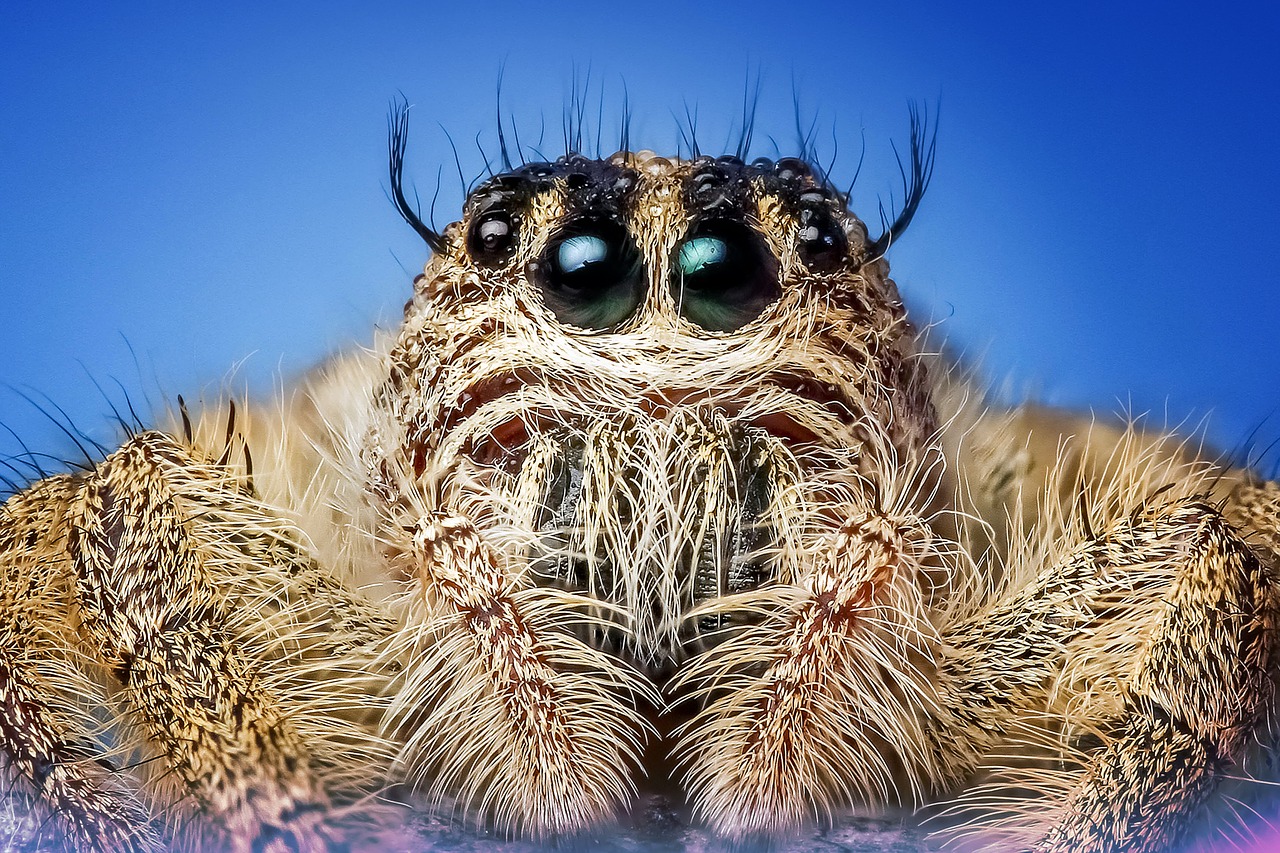
No, this isn't George, but look at those eyelashes!
George, the Spider on My Mantle
George was the name I gave a house spider that built a fairly extensive web in the corner where my fireplace mantle met the wall in our family room. George had a small body and long spindly legs, so he was hard to see. People noticed George’s web more than they noticed him and asked why I didn’t dust more often.
Now that I’m older and sometimes wiser, I took no offense at the dusting comments. Instead, I simply told them what I told those two women in that nature center bathroom all those years ago:
“That’s where George lives. He takes care of the bugs the kids let in, so we leave him alone.”
Spiders don’t live forever. One day, when I was dusting around George’s home, I noticed he wasn’t moving. No more George, so I finally gave in to my friends’ dusting recommendations and demolished George’s home. Hopefully one day soon, another house spider will take his place. I’m not sure if I preferred having a spider around or I just didn’t want to dust, but I like to think that George was my buddy.
I hope the stories I provided here give you the courage to teach your kids about spiders. If you try the sniffing technique, tell me how it went in the comment section below. In the meantime, happy spider hunting! Oh, and don’t hug them…seriously, they don’t appreciate it as much as the trees do!
Related Articles
If you enjoyed this article, you may wish to read these as well!
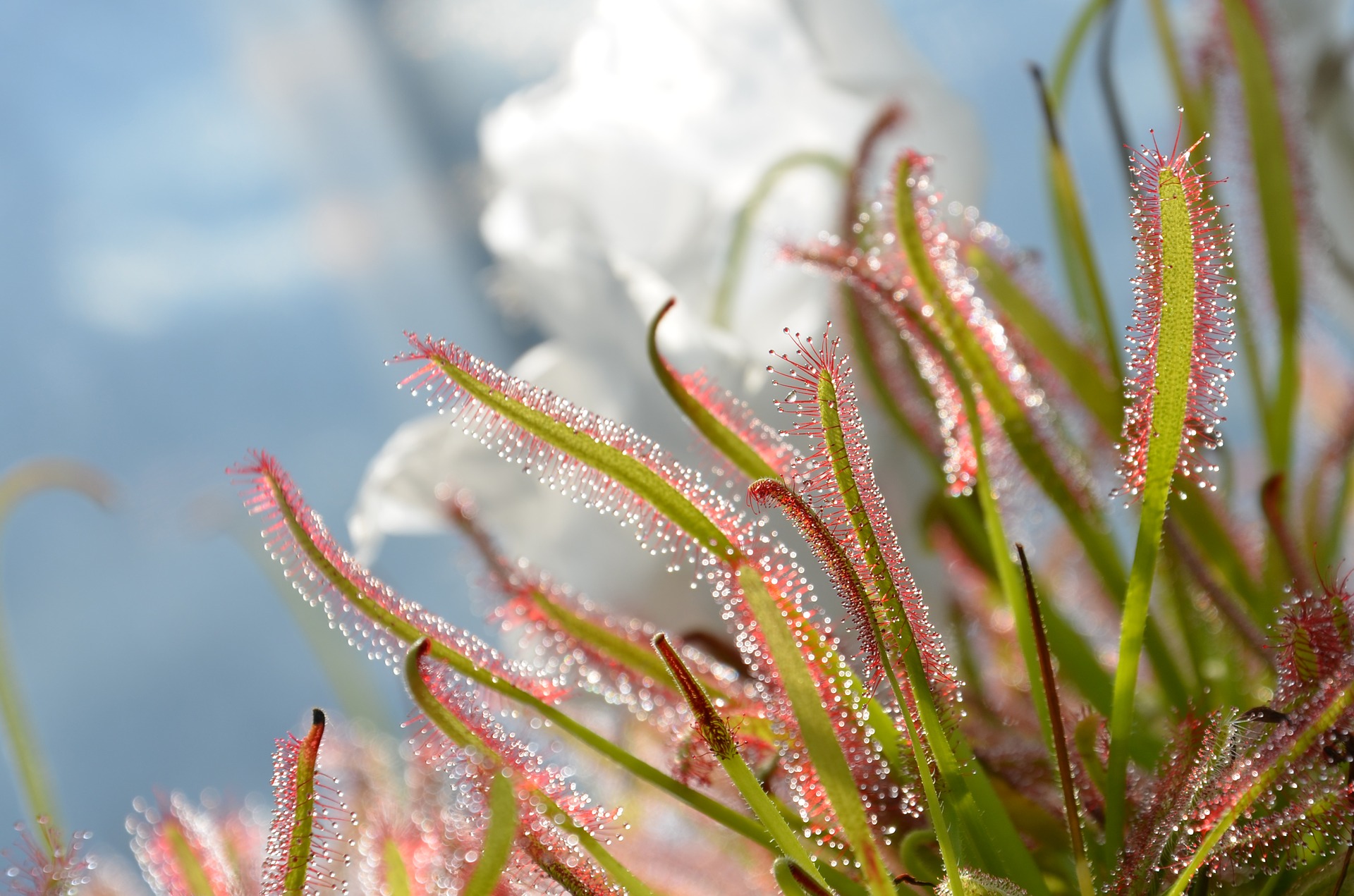
Carnivorous Plants
We’ve all seen the famous (or is it infamous?) Venus flytrap do its thing, right? This is one of the coolest carnivorous plants on the planet, and thanks in part to “Little Shop of Horrors,” it’s a pretty well-known one too. In this iconic musical, the plant (known as Audrey II) comes from outer space. However, in the 1960 movie, the star of the show is a cross between a Venus flytrap and a butterwort, both real carnivorous species...
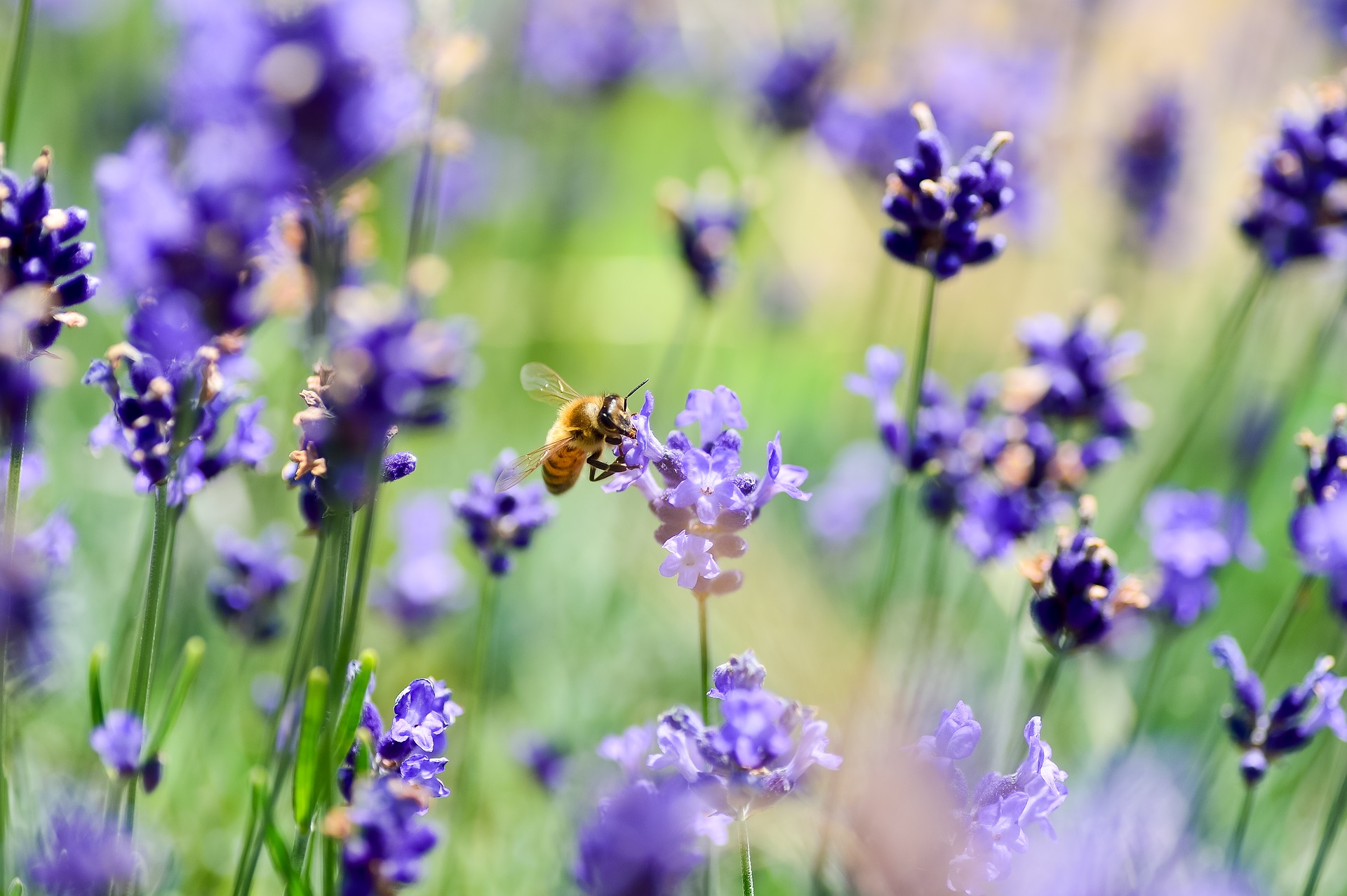
Save the Bees
If you haven’t heard the sad news about how bees are in decline all over the world, you’re in for a shocker with today’s article. It’s true, the famous black and yellow-striped pollinators in your backyard are not doing so hot these days. Whether you realize it or not, there are fewer bees pollinating your dandelions this year than last. Unfortunately, bees have been on this downward spiral for a while. It’s time to wise up and save the bees…
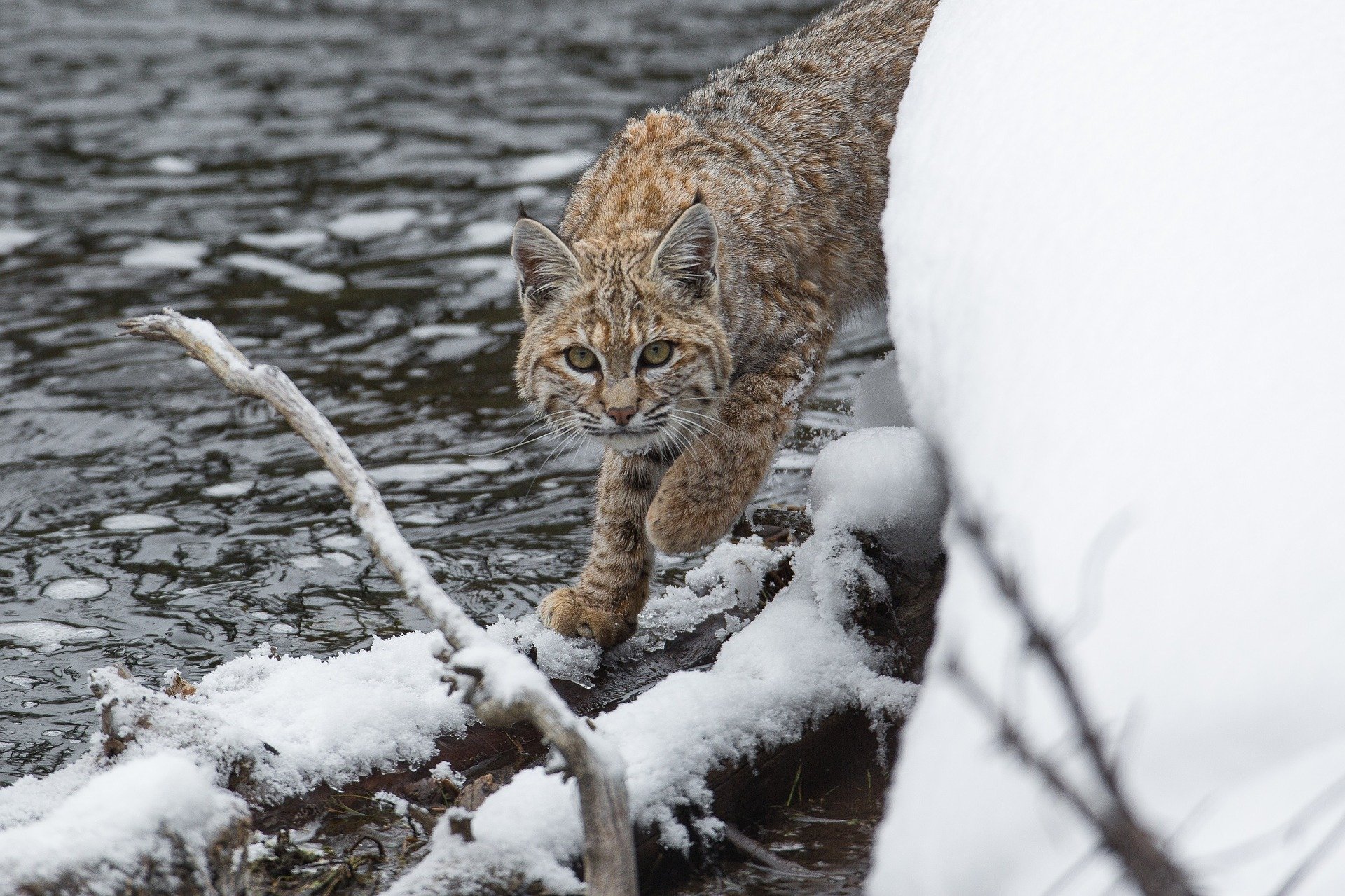
Cool Carnivores in the U.S.
We all know animals are cool in general, but carnivores take the cake when it comes to adaptations like speed, stealth and, well…teeth. If you’re a little fuzzy on what a carnivore is, it’s quite simple. Carnivores are meat eaters. Many carnivores found in the United States are mammals, but there are also birds, fish, insects, reptiles and amphibians that eat flesh...


